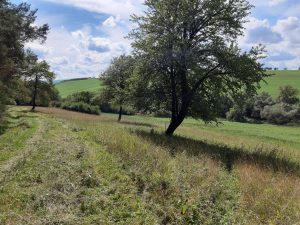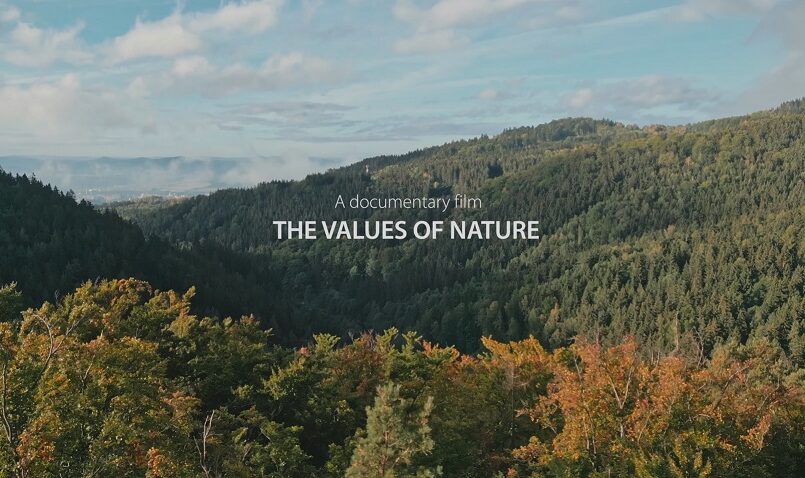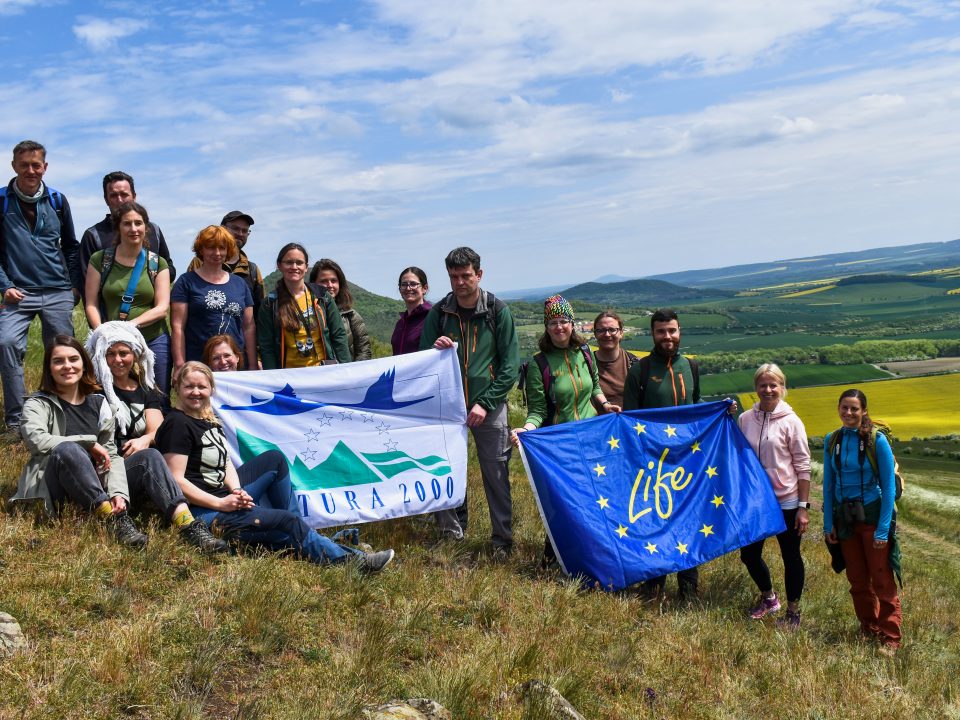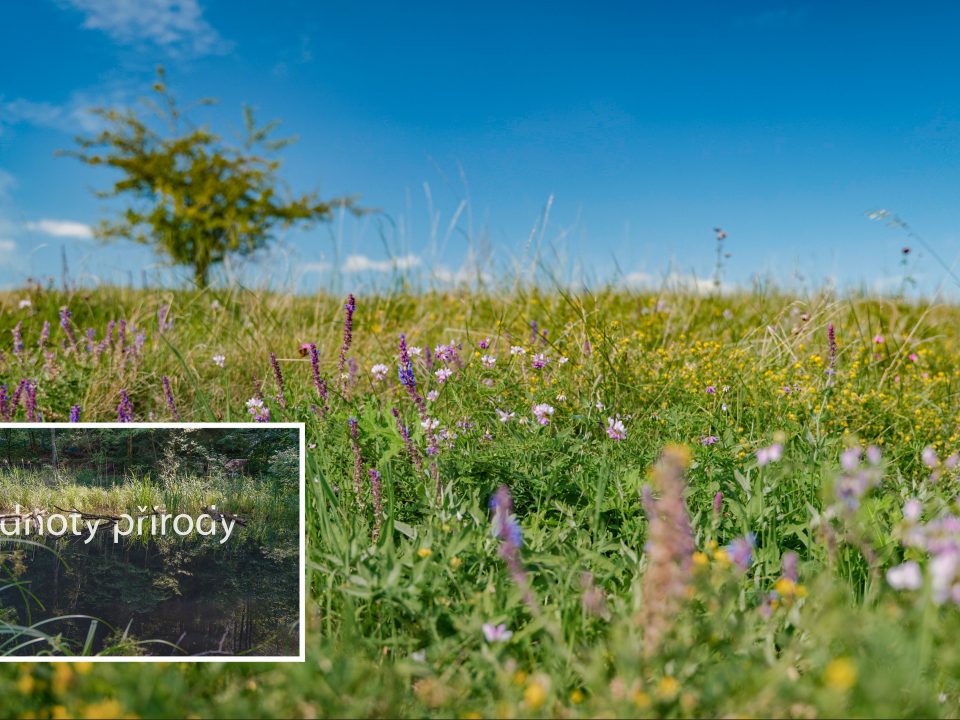WHO MANAGES NATURA 2000: Local authorities this time
In today’s part of the series of articles dedicated to the entities managing Natura 2000 sites, we will introduce the role of local governments. In the previous articles we focused on the NCA and national park administrations. In many respects, the role of these sectoral organisations differs fundamentally from that of local authorities, especially in the way they manage and raise funds for the management of special areas of conservation (SACs) and special protection areas (SPAs). Regional authorities perform state administration, thus fulfilling their legal obligations in relation to Natura 2000 in a delegated competence. The state does not bear responsibility for the economy and obligations of the region (unless the state directly assumes these obligations by contract), however, the economy of the region is regularly reviewed by the Ministry of Finance. The relevant ministries then audit the performance of the delegated competences entrusted to the regions. In the case of nature and landscape protection, including the protection of the Natura 2000 system, it is the Ministry of the Environment (MoE).

Although the European tree frog (Hyla arborea) is not a target feature in the Vrbenské rybníky SAC, it is doing well here. The site is managed by the South Bohemian Regional Authortiy (Photo: Kateřina Španihelová)
MUNICIPALITIES AND REGIONAL AUTHORITIES
Local governments, specifically regional authorities and municipalities, are important actors in environmental care. Municipalities, as basic territorial self-government units, have a crucial role in informing citizens about the valuable nature in the municipality and what is protected in a particular SAC or SPA and why. Municipalities are also often the first point of contact for the public to address a conservation issue in their area. In Natura 2000 cases, municipalities are parties to the proceedings and usually also as property owners, however, municipalities are not the competent nature protection authority (NPA) for Natura 2000. This competence is delegated to regional authorities and therefore we will focus only on them in the following.
Within their territorial competence, regional authorities and Prague City Council manage not only Natura 2000 sites, but also small areas under special protection (Czech legislation), namely nature monuments (NMs) and nature reserves (NRs). These areas often overlap with SPAs and SACs, and the target feature is often the same or has similar ecological demands. Where this is not the case, it is necessary to harmonise the requirements and ensure that the management supports not only the Natura 2000 target features but also the small areas under special protection. Measures leading to the protection of Natura 2000 and the small areas should not conflict with each other. On the contrary, there should be (and often is) a mutually beneficial effect (synergy) of the measures implemented, which results from the planning documentation in force.
POSSIBILITIES TO SECURE FUNDING
Regions, as higher self-governing units, receive a contribution from the state for the performance of delegated competences. The amount of the contribution is determined by the Ministry of Finances in consultation with the Ministry of Interior, according to its own methodology. This contribution relates mainly to salaries for employees. In 2022, for example, this amounted to approximately CZK 3 billion, in total for the regions and the capital city of Prague. However, the regions also have other income, such as income from their own property or tax revenue.
In general, the regional authorities’ own finances are used relatively less for nature protection compared to other sectors (according to data provided directly by the regional authorities, this can be less than CZK 5 million per year on average, while the finances used directly for Natura 2000 are less than CZK 2.5 million per year on average). However, there are problems with accuracy and subsequent evaluation of the data, as each region records the costs of Natura 2000 differently. Some regions are able to identify in their records how much they spend on specific measures, while others only estimate how much is invested in Natura 2000 as a percentage of total operational expenditure on nature protection.
The available data show that the largest share of funding goes into species-specific management, as well as into management planning and administration, and into the provision of specific management for forest-free and aquatic ecosystems. On the other hand, measures related to forest ecosystems are hardly funded at all. The region’s own finances are often also used to co-finance projects that allow for external financing. Regions, like other entities managing the Natura 2000 system, can actually use funds from selected national or European programmes. In particular, the Operational Programme Environment (OPE) is used. Regions can also use programmes such as LIFE, Interreg or the EEA and Norwegian Funds to support Natura 2000. The degree of combination of resources – national, European or own (directly or for co-financing projects) – varies between regions. The overall economic situation also varies considerably (the actual contribution to the performance of public administration is also based on population).
Regions also play a role in paying compensation for damage caused by selected specially protected animals (Act No. 115/2000 Coll.), as the relevant NPAs. These include payment of compensation for Eurasian beaver, Eurasian otter, elk, brown bear, Eurasian lynx and gray wolf. These species are specially protected both under the Nature and Landscape Protection Act and the implementing decree and under the Habitats Directive (Annex II and Annex IV), where they are even target species in selected localities. However, these payments are only administered by the regional authority and mobilised from the state budget via the Ministry of Finance, and are only compensation for damage caused, so this does not involve ensuring management of the Natura 2000 system in the sense of planning and reallocating money for specific activities.

In the SAC Údolí Bánovského potoka we can find a sparse mosaic of vegetation – hawthorn, rose hips, sloes – this is a biotope that is favourable to eastern eggar (Eriogaster catax), the local target feature, for which the Zlín Regional Authority ensures regular scything. (Photo: Kateřina Španihelová).
OWN FINANCES VS. SUBSIDIES
Why don’t some regions invest more of their own money in nature conservation? There are probably several reasons, but one of them is that reallocation to these areas may not be a priority for the regional leadership (compared to the provision of social services, transport accessibility, etc.), and also because the argument of the possibility of using the above-mentioned subsidies reduces the will to participate in nature conservation with their own funds. In general, however, the use of the region’s own funds (as compared to the subsidies) is rated more positively by regional officials, as there is less administrative burden, time savings in project administration and ultimately more efficient use of resources. As an example, the Prague City Council has sufficient operational funds to manage protected areas. It avoids receiving funding from programmes because of their administrative complexity (and is often excluded from some sub-programmes as an ineligible applicant).
Subsidy programmes may be less stable and, in some cases, do not allow funding for repeated management (e.g. regular mowing or grazing). A typical example would be a habitat restoration project which may be covered by the subsidy mechanisms, but subsequent repeated management of the habitat can no longer be paid for by the project. However, the sustainability of restoration management, which is often a criterion for granting subsidies, is absolutely essential for the effectiveness of the funds spent. It often happens that a region has no problem spending money on a certain type of management (even if only in the form of co-financing) but does not go ahead with the project in the end because it is aware of the costs that would have to be incurred in the following years for its maintenance. Regional authorities are in a difficult situation due to their inability to apply within the Landscape Management Programme (sub-programme A), which is suitable for funding recurrent management. Unfortunately, efforts to remedy this situation have so far been unsuccessful.
However, it should be added that subsidy programmes (whether national or European) are still an important and indispensable source of funding, especially because they offer the possibility of supporting large and costly projects for regions that do not have such large resources. The question for the future is to what extent the regional system is dependent on these projects and how the regions can finance the subsequent sustainability and recurrent management. Again, however, a case-by-case approach will have to be taken, as the situation may differ between regions. Another challenge is to communicate openly about the real needs for Natura 2000 and also where the biggest gaps in management arise. Such shortcomings should be addressed by the regional management in the preparation of medium-term budgets, as well as by the MoE, which should be not only a controlling but also an advisory and consultative body and, last but not least, a body that should, within its capacity, provide opportunities for usable complementary funding for nature conservation.








